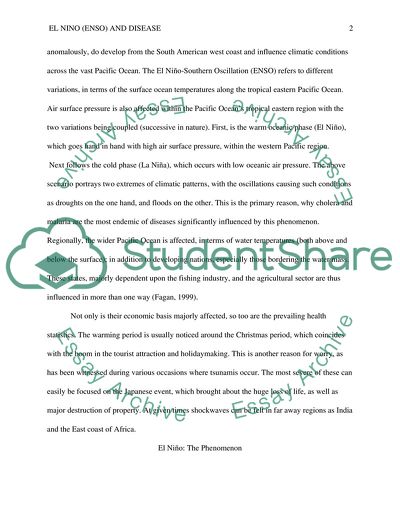Cite this document
(“El Nino And Disease Essay Example | Topics and Well Written Essays - 1750 words”, n.d.)
El Nino And Disease Essay Example | Topics and Well Written Essays - 1750 words. Retrieved from https://studentshare.org/geography/1634883-el-nino-and-disease
El Nino And Disease Essay Example | Topics and Well Written Essays - 1750 words. Retrieved from https://studentshare.org/geography/1634883-el-nino-and-disease
(El Nino And Disease Essay Example | Topics and Well Written Essays - 1750 Words)
El Nino And Disease Essay Example | Topics and Well Written Essays - 1750 Words. https://studentshare.org/geography/1634883-el-nino-and-disease.
El Nino And Disease Essay Example | Topics and Well Written Essays - 1750 Words. https://studentshare.org/geography/1634883-el-nino-and-disease.
“El Nino And Disease Essay Example | Topics and Well Written Essays - 1750 Words”, n.d. https://studentshare.org/geography/1634883-el-nino-and-disease.


